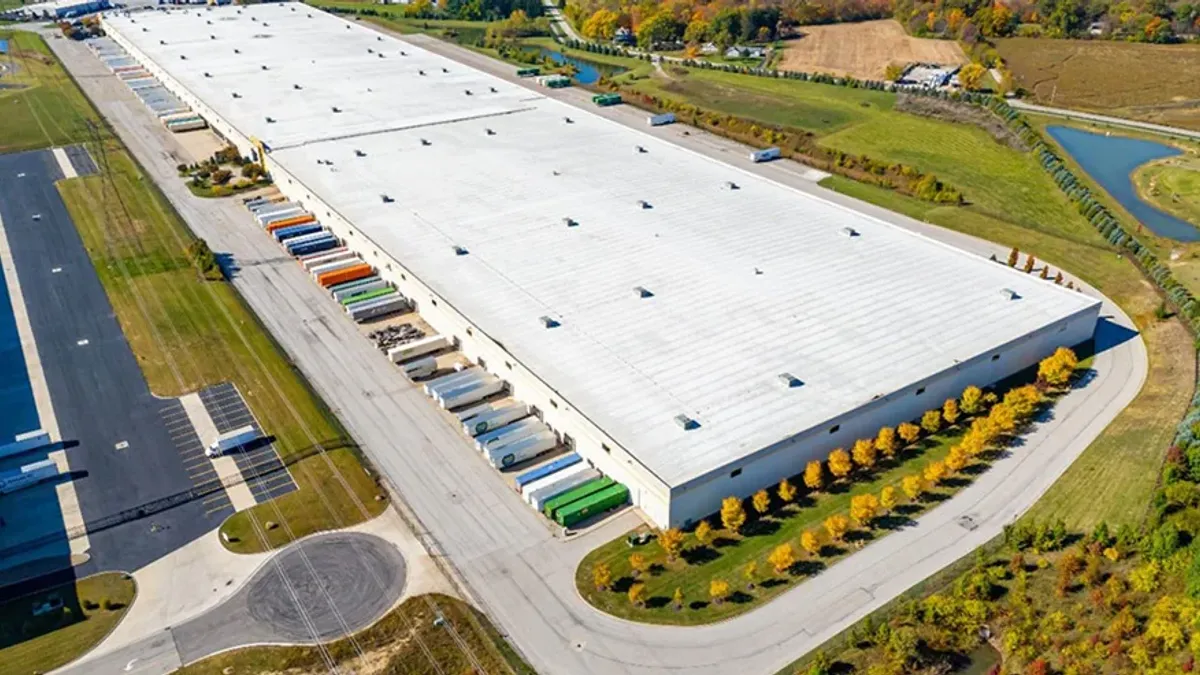This is a contributed op-ed written by Abe Eshkenazi, CEO of the Association for Supply Chain Management, and Dana Stiffler, vice president and analyst at Gartner Supply Chain Practice. Opinions are the authors' own.
2020 was the year of COVID-19. It was also a year of social and political unrest.
Corporations and brands — even those that usually keep quiet on social and political issues out of fear of alienating customers, employees and shareholders — released statements condemning racism. Organizations of all kinds donated money to racial justice causes and vowed to look within their own walls to champion diversity, equity and inclusion.
This was more than a public relations move.
There's a talent shortage, especially in supply chain, and companies must cater to their current and prospective employees' wants and needs. A 2018 Gartner survey showed that millennials and Generation Z employees, in particular, place great importance on gender and racial/ethnic diversity in the workforce. Not prioritizing DEI can lead to fewer applicants for positions, resulting in a competitive disadvantage.
To evaluate the DEI commitment in supply chain organizations, Gartner and the Association for Supply Chain Management joined forces last year and asked 298 supply chain professionals from the U.S., Canada and Europe about their organizations' current DEI profile and track record, as well as their goals and commitments.
Supply chain leadership lacks diversity
Let's start with the good news: People of color make up 30% of full-time employees in supply chain organizations. That's roughly their overall representation in North America.
The bad news: Representation drops by almost 50% at the manager/supervisor level. This downward trend continues when moving up the career ladder. Only 9% of vice presidents are people of color. While diversity is in the supply chain workforce, it’s not in the leadership pipeline.
Not prioritizing DEI can lead to fewer applicants for positions, resulting in a competitive disadvantage.

Abe Eshkenazi and Dana Stiffler
Drilling down, we found that those numbers are consistent in supply chain organizations across industries. But company size does make a difference. The largest supply chain organizations, with an annual revenue of more than $5 billion, show more people of color represented at all levels of the organization compared to any of their smaller peers.
While global companies certainly benefit from their global reach in acquiring diverse talent, they are also putting in the work to practice inclusion in leadership development and promotion. Less reach is no excuse for smaller companies. With the rise of remote and hybrid work, even smaller supply chain organizations have an opportunity to hire and retain more diverse talent through flexible work offerings and by hiring more expertise globally.
Fair compensation is a competitive advantage
Pay equity is another factor to look at when talking about DEI.
A separate survey of individual supply chain professionals conducted by ASCM found that pay equity lags for people of color. Respondents who identified as Caucasian reported a median salary that is 12% higher than that of Black/African/Afro-Caribbean respondents, 14% higher than Hispanic/Latinx respondents and 4% higher than Asian respondents. This is partly because people of color are less likely to be in more senior, higher-paying roles.
Supply chain organizations that compensate fairly and ensure more equitable pay for all employees in their organization will have a competitive advantage when it comes to hiring and retaining people of color.
Planning a diverse future
Supply chain organizations must invest in frontline leadership development programs (e.g. mentorship programs) that connect leaders to underrepresented talent. People need to know how they can move up the career ladder and that it will pay to do so. Equitable promotion and pay structures are a crucial part of this process.
Last, but not least, there's often a lot of bias when it comes to succession planning. The unconscious nature of this bias, combined with preference for similar successors and lack of accountability for inclusive outcomes, is almost a guarantee for sameness in leadership.
While diversity is in the supply chain workforce, it’s not in the leadership pipeline.

Abe Eshkenazi and Dana Stiffler
Leaders can mitigate these issues by priming themselves and their teams on unconscious bias, moving away from the 100% fit candidate approach for prospective successors and holding each other accountable for inclusive results. Another technique for ensuring accountability in performance management and succession planning is to have a senior leader who is not the hiring manager act as an anti-bias auditor/coach in these forums.
Supply chain organizations' focus on racial and ethnic diversity has skyrocketed, but the type and success of these initiatives vary. While awareness raising and education initiatives are a start, they often fail to change behaviors and impact on inclusion and equality. Recruiting initiatives and integrated pipeline planning are far more likely to lead to better outcomes.
Supply chain organizations that don't "walk the talk" will lag competitors in business performance, employment value proposition and meeting their defined purpose.





















